Information Technology Reference
In-Depth Information
50
50
50
100
100
100
150
150
150
200
200
200
250
250
250
50
100
150
200
250
300
350
50
100
150
200
250
300
350
50
100
150
200
250
300
350
t=0 (initial image)
t=0.2
t=0.3
50
50
50
100
100
100
150
150
150
200
200
200
250
250
250
50
100
150
200
250
300
350
50
100
150
200
250
300
350
50
100
150
200
250
300
350
t=0.4
t=0.5
t=0.6
50
50
50
100
100
100
150
150
150
200
200
200
250
250
250
50
100
150
200
250
300
350
50
100
150
200
250
300
350
50
100
150
200
250
300
350
t=0.7
t=0.8
t=1 (desired image)
Fig. 7.5
Image trajectory under visibility constraint
7.7
Conclusion
In this chapter, we have addressed the problem of generating trajectories of some im-
age features that corresponds to optimal 3D trajectories under visibility constraints.
The obtained path can then be coupled to traditional image-based servoing in order
to control efficiently a robotic system. It has first been shown that the path-planning
problem can be formulated as an optimal control problem and then considered as a
variational problem which can be solved using a numerical method.


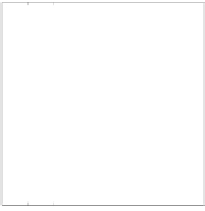
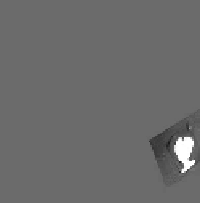












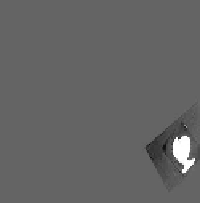












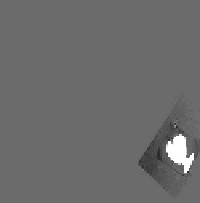











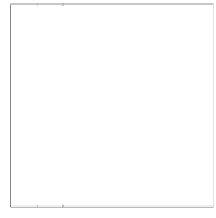
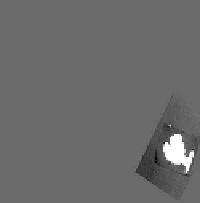









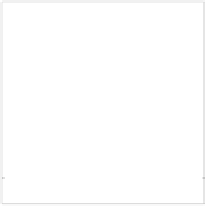
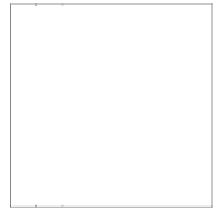










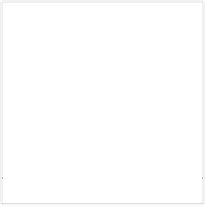
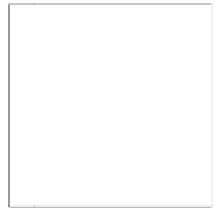
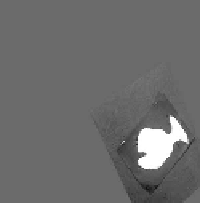












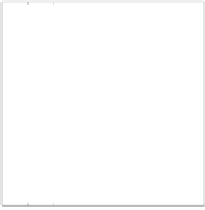
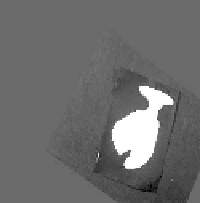










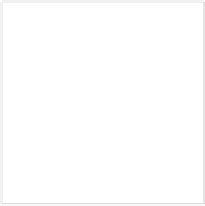






























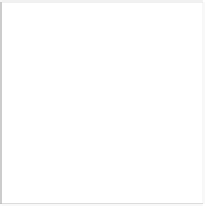


Search WWH ::

Custom Search